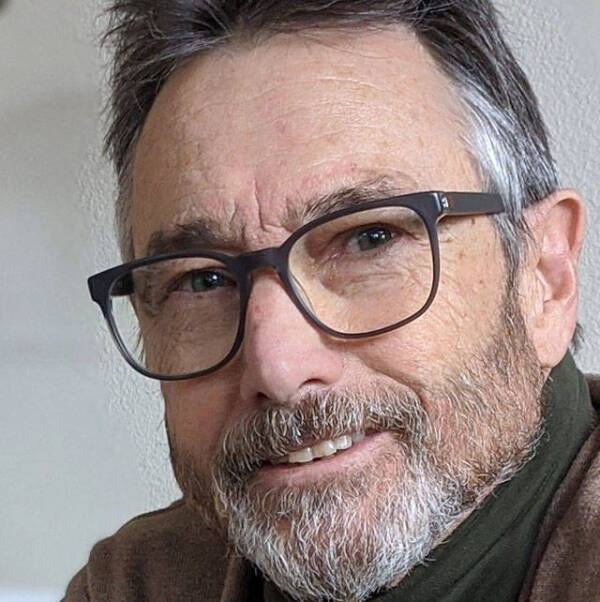There are times when I get to rediscover just how amazing life can be here on Vashon.
This last First Friday was a perfect example. Vashon Town’s galleries and eateries were crowded with friendlies in a celebratory mood while awaiting the big reveal.
Our expectations were more than realized by the arrival of dozens of costumed riders performing on their colorfully lit and flaming “Stupid Bikes.”
There is no better way to enjoy Vashon than when young and old come together and let their freak flags fly.
If only we could share more such moments with more of us. But life here isn’t something everyone can fully enjoy. Inequities within our community continue to persist. But Vashon’s inequalities were not always as great as they appear today.
When my wife, Tania, and I moved here from California in 1996, it was primarily to find a better school for our daughter. (California’s “Prop 13” property tax revolt had devastating effects on local education funding.) We liked what we found here: Residents of our age made up the largest cohort. Rents were reasonable. Jobs were available, and house prices were within reach. But things change.
From 1990 to the present, Vashon-Maury’s population increased quickly from around 9,300 in 1990 to 10,123 in 2000, and then slowly over the next 20 years to 11,055 in 2020.
The earlier rapid increase was largely due to Vashon’s business boom in the 1980s and ’90s, led by K2. According to island historian Bruce Haulman, K2 reached its peak employment in 1999, when it employed 750 people.
Seattle’s Best Coffee, another big employer on Vashon, was bought out by Starbucks, with production moving to Kent in 2003.
Meanwhile, K2, driven by shareholders insisting on greater profits, moved its production to China in 2006. Things change.
These business losses were crushing blows, not only for those laid off but also for island business owners, who lost many of their customers. The effect cascaded for years, mostly affecting entrepreneurs in rented properties. Then came the mortgage crisis of 2008, when banks competed by offering ever lower rates until their clever computer models failed.
Loans of any kind then become almost impossible to get. We witnessed the closing of many island establishments during the past twenty years, along with lost economic potential.
During this same period, our demographics shifted dramatically. Working families were forced to move elsewhere, while smaller families, gentrification, and an influx of retirees eager to purchase homes at bargain prices created new concerns for the island — one of which was fewer young families and fewer children attending school.
While those 18 and younger were 27% of the 1990 population, today they make up just 18.5%. This is why Vashon Island School District has been accepting off-island enrollments of around 250 students in recent years, in order to maintain the same level of state funding. Insufficient student funding lowers students’ potential to achieve social and economic parity.
The three-year-long COVID-19 pandemic was another blow. But it was one that galvanized the community under purposeful leadership and proved that Vashon can accomplish amazing goals when we work together.
Nonetheless, all of these events have combined to produce Vashon’s most difficult problem: Housing.
Vashon has become an attractive alternative to the many vexing concerns of both urban and suburban life. COVID created opportunities for highly paid tech workers to move here and work from home.
Housing costs were driven so high, that many of those who have lived and worked here for years could no longer afford to remain. It also made it impossible to find new employees at prevailing wages. More affordable housing has thus become essential to resolving this crisis.
However, Vashon’s situation is not unique.
I recently watched the Oscar-nominated documentary, “Our Towns,” in which journalists James Fallows and his wife, Deb, traveled 100,000 miles back and forth across America to discover how and why some towns are able to bounce back higher than before after economic loss or social upheaval.
What they discovered has evolved into the website, ourtownsfoundation.org, dedicated to sharing innovative, as well as tried and true community-driven solutions.
Things change. We need to engage and have the conversation.
Art Chippendale has lived on Vashon for 24 years with his wife, Tania Kinnear. He is active in community organizations. Data used in this commentary was culled from the US Census, Bruce Haulman and Alice Larson’s Vashon Census Project, and the 2023-2024 budget of Vashon Island School District.



